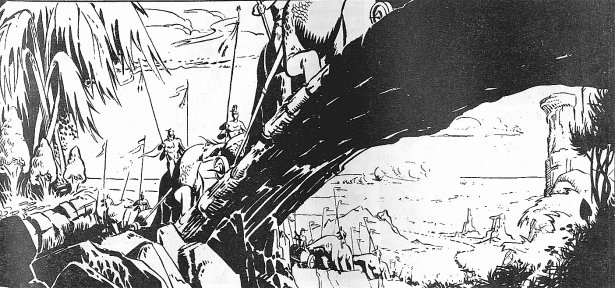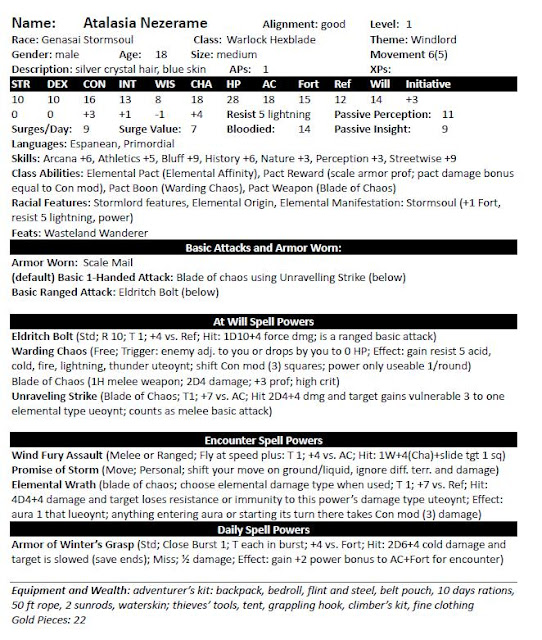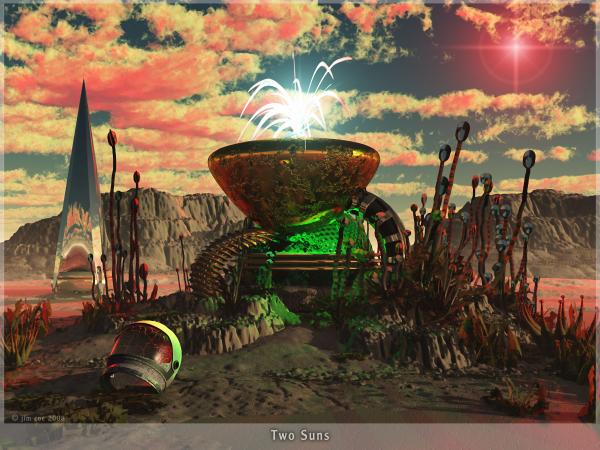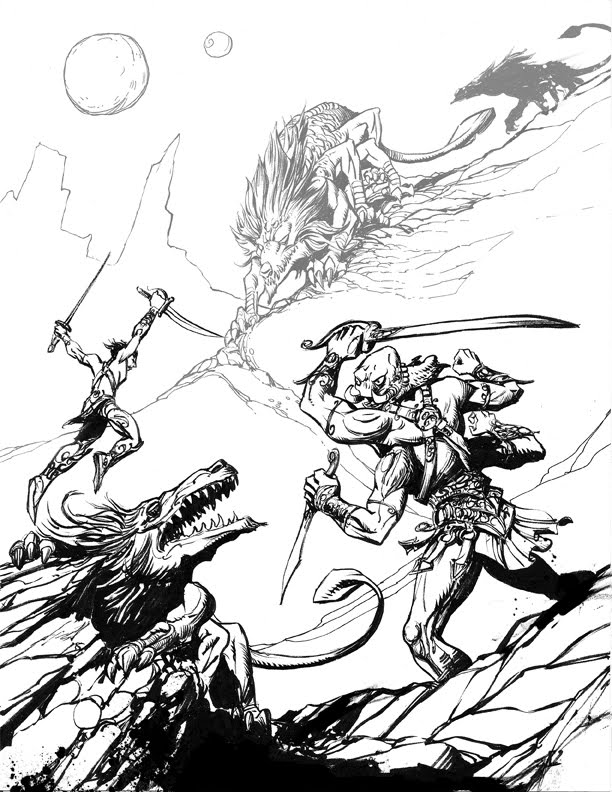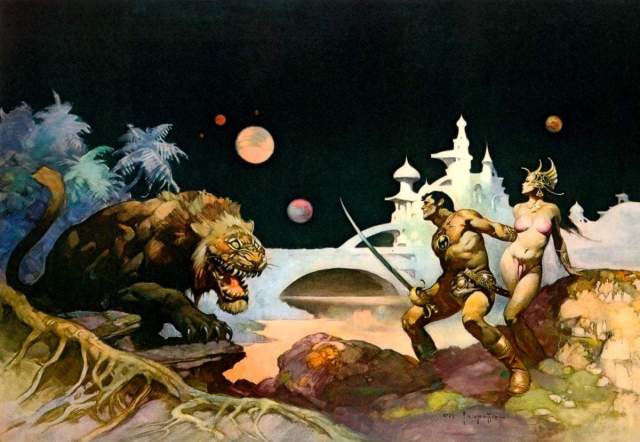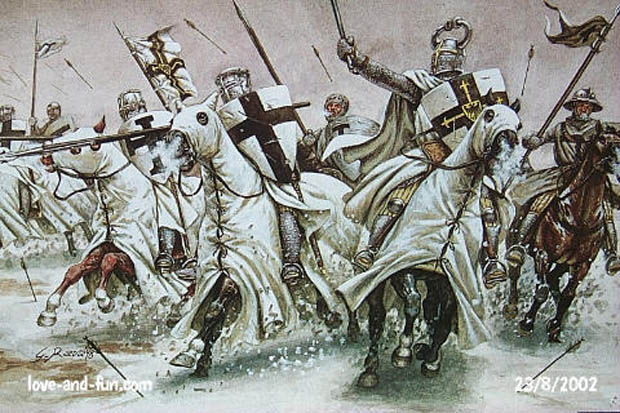Racial Backgrounds of Isomular
Humans are the only core book race to be found in Isomular. The following races are also permitted as player characters:
Bael
Bael are physiologically similar to human beings, but have black skin and large, grey orbs for eyes, as well as mere slits for a nose and ears. The spine and back of their arms, legs and neck have smooth but ridged spinal outgrowths, a sort of exoskeletal carapace that serves to reinforce their musculature and makes them more resistant to damage from broken bones or nerve injury.
Nonetheless, the smooth and graceful features of the Bael have often been found attractive to some humans, and some humans have Bael heritage, as well. Bael tend to remain isolated from humans in communities, but as a species they have lived in the presence of humans so long now that it feels natural, even if they keep their own community tightly entwined within the larger human cultures they find themselves nestled in.
• Ability Adjustments: Con +1, Cha -1
• Bonus Feats: Iron Will, Night Vision, Natural Armor +1 AB
• Favored Feats: Tireless and Body Control
• Physical Data: 5’6”-6’6” feet tall on average; 150-250 lbs; Age: Bael can live 200+ years.
Eldaram
Eldaram are ancient controllers, once the humans who had engineered the great exodus of the Ark and later the humans who became the psychic controllers and manipulative agents of the secret priesthood dedicated to the Coral Ark’s location off the coast of the continent. The Eldaram are firmly entrenched in society as keepers of lore, historians, advisors, and voices of the ancient power that is the Coral Ark.
Eldaram are physically identical to humans, but their brains have changed, and all Eldaram are inherently psychic. Even the least potent of the Eldaram know at least one technique or skill in psionics worth mentioning. Additionally, although they look human, they radiate a presence that belies their human nature, and makes it difficult for Eldaram to disguise themselves as anything else.
• Ability Adjustments: +1 to either Cha, Int or Wis (player choice) and -1 Str
• Bonus Feats: One power of player’s choice. Eldaram also have a Psychic Aura, which makes it difficult to avoid detection. This aura acts as a -2 penalty against stealth and any effort to avoid being seen, felt, heard, or psychically revealed.
• Favored Feats: Any two powers
• Physical Data: 5-6/6” feet tall on average; 125-250 lbs; Age: most live to 70-80 years old.
Empathics
The descendants of the socialites, the social controllers and charismatic personalities of the Coral Ark, Empathics have evolved today into strange, semi angelic beings who have an overwhelming impact on humans and other creatures around them. Empathics appear as graceful, slender humans with an almost radiant glow about them. They have a naturally calming effect if they so desire.
Empathics are valued in the courts of kings as advisors and diplomats. They are popular as entertainers and thespians, able to bring crowds to literal tears of joy or fear with mere thoughts. Some lands fear and hunt Empathics for their reputation as manipulators.
• Ability Adjustments: Cha +1 and Con -1
• Bonus Feats: One power from the Empath Focus group of choice (most Empathics have calm). Empath Adepts must choose the Empath Focus. Empaths also gain the Talented feat (Diplomacy and Bluff) and the Fascinate feat.
• Favored Feats: Any two Empathic Focus powers.
• Physical Data: 5-6 feet tall on average; 120-200 lbs; Age: most live to 70-80 years old.
Engineers
The stout, muscular engineers are strong, resilient, and very efficient folk who descend from the ancient engineering class of the Coral Ark. Most engineers appear to be burly, muscular men and women of short stature (usually no taller than 5 feet). Engineers have a get-it-done kind of attitude, and tend not to mince words. Engineers are the least likely of the human offshoot races to manifest psionics, curiously, and their dour attitude toward all non-technical things make it likely that even if they did have psionic potential it might well be suppressed or disregarded. Nonetheless, the engineers have founded some of the societies of the technomancers, and those engineers who do manifest psionic potential tend to become very good in the Psychometry Focus.
• Ability Adjustments: Str +1, Con +1, Dex -1 and Cha -1
• Bonus Feats: Great Fortitude, Talented (Craft and Disable Device)
• Favored Feats: Diehard, Skill Mastery
• Physical Data: 4-5 feet tall on average; 200-300 lbs; Age: most live to 80-90 years old.
Half-Giants
The last of the human offshoots from the Coral Ark, the half-giants are a curious mixture of humans and the now nearly extinct original giants. Despite their stature, half-giants are actually very slim and delicate, as their bones are brittle and hollow like a bird’s, and they are extremely flexible, with double-jointed knees and elbows, an adaptation transgenically engineered long ago on the Coral Ark to make them more flexible in zero gravity. Some humans describe them as gaunt and bird-like in their features and movement.
Today, on the normal gravity world of Isomular, the half-giants are a slowly dying breed, weak and poorly adapted to their environment. Nonetheless, the half-giants struggle to persevere and maintain their own culture and society within the greater kingdom of humanity. Most half-giants develop excellent psionic talent, and many are widely regarded for their skills of philosophy and esthetics, as quiet and contemplative artists and writers.
• Ability Adjustments: Str -1, Con -1, Int +1, Wis +1
• Bonus Feats: Improved Evasion and Lightning Reflexes
• Favored Feats: Supernatural Talent, Inspire
• Physical Data: 7-8 feet tall on average; 125-200 lbs; Age: most live to 50-60 years old.
Isomulii
The Isomulii are the native species of Isomular, tall and fearsome looking insect-like humanoids with four arms and two legs, a body that is vaguely reminiscent of a cockroach’s, and an ancient legacy upon their world. The Isomulii still have hidden cities, usually in caverns or remote valleys, where they continue their ancient traditions and maintain their curious clockwork and steam-powered technology while revering their mysterious gods and fearing the Drauga, the demon-gods, who most Isomulii, even the ones friendly to humanity, believe were the cause of this alien invasion so long ago upon their world.
• Ability Adjustments: Str -1, Con +1, Cha -1, Dex +1
• Bonus Feats: Night Vision, Natural Armored carapace +2 AB, Razor sharp claws (+2 damage melee), Heightened Senses (+2 Notice)
• Favored Feats: Lightning Reflexes, Mind Touch power
• Physical Data: 7-8’6” on average; 225-350 lbs; Age: most live to 250-300 years old.
Myrmidons
One of the lesser sentient native races on Isomular, the Myrmidons are ant-like and very social, with a keen interest in humanity and a strong willingness to integrate with other cultures. Myrmidons are short, no larger than human children, and very tenacious, often to the point of being very annoying. Myrmidons make great allies, but can be terrible pests.
Myrmidons physically look like small, carpaced gnomes with large ant eyes and antennae, but they only have two arms and four legs, unlike their Isomulii relatives. They can move very fast.
• Ability Adjustments: Str -1, Dex +1
• Bonus Feats: Night Vision, Natural Armored carapace +2 AB, Mandible attack (+1 damage), Lightning Reflexes
• Favored Feats: ElusiveTarget and Improved Evasion
• Physical Data: 2’5”-3’6” on average; 50-150 lbs; Age: most live to 40-50 years old.
Shedahai
The quasi demonic Shedahai were one of many races forced to serve as thralls to the Annunaki. Shedahai who escaped have proven to be very prolific, and their numbers have dramatically risen. Some lands are dominated by the Shedahai now, and the old, warlike nature of these creatures is resurfacing.
Physically, Shedahai are tall, red-skinned humanoids with human-like qualities, but covered in spiny scales and with long tails. They have clawed hands and feet as well as hinged lower legs, like an animal’s, letting them run faster than normal. Shedahai make natural fighters, and those that have psionic ability make excellent psychic warriors, though Bael rarely let them join the orders of the mindblades. Instead, Shedahai like to form their own mercenary companies, offering up services to the highest bidder.
• Ability Adjustments: Str -1, Dex +1
• Bonus Feats: Night Vision, Natural Armor +1 AB, Claw attack (+2 damage), Fast move 7
• Favored Feats: Spirited Charge and Tough
• Physical Data: 6’-7’6” on average; 250-350 lbs; Age: most live to 70-80 years old.
Optional Races in Isomular
There are a few additional races that may be permitted as characters, if the GM is willing:
Greys
The greys would be obvious alien or other-dimensional visitors who are in all likelihood studying the curious phenomenon of Isomular, with its mish-mash of foreign cultures. Greys as player characters might not be seen as terribly strange, just mistaken instead for some foreign race “over the mountains.”
Nords
Much like the Empathics, Nords are a charismatic and ethereal race. This could be a rare off-shoot of humanity or a genuine alien visitor, depending upon your story needs and tastes.
Reptoids
The reptoids might be aliens, or possibly natives of Isomular. Native reptoids are the remnant survivors of an ancient civilization that fought the Isomulii and lost, dwelling in deep caverns of the world and plotting their revenge against the insectoids. Alien reptoids are possibly visitors from a foreign world, discovering Isomular and fascinated at the remnant civilizations of an ancient Reptoid presence that was long ago forgotten.
Calibans
Described as monsters in True20, Calibans are nonetheless representative of mutations and transgenic sample groups gone wrong. The calibans have banded together and taken refuge in the depths of the earth, where they harbor a deep resentment against the more powerful and beatific humans and their kin. Calibans would make excellent villains, but a crafty player could make a character of one, as well.
